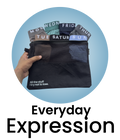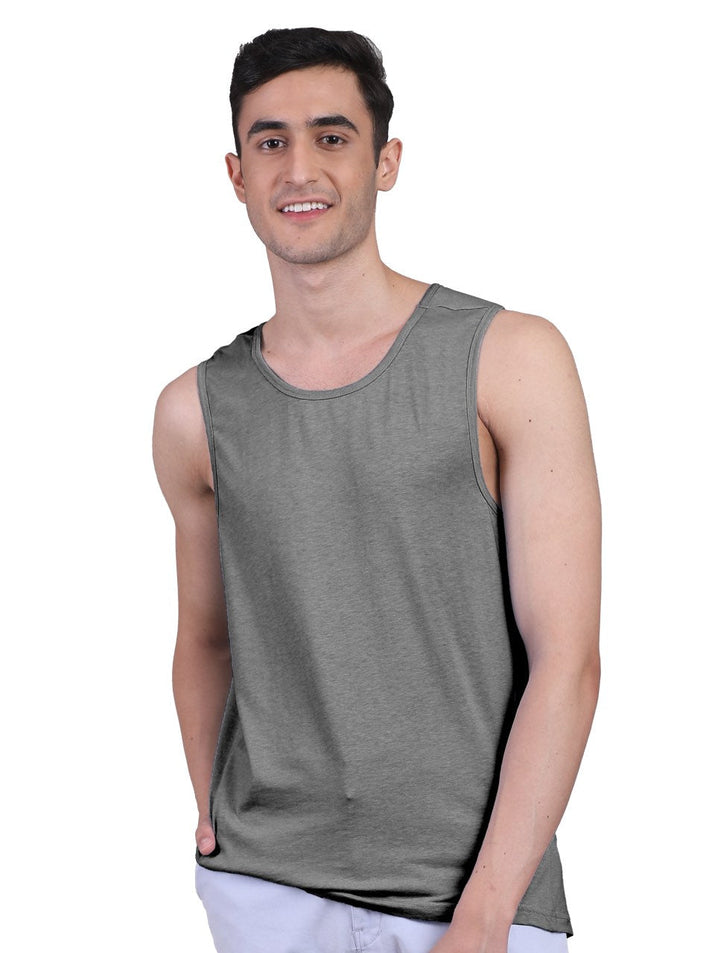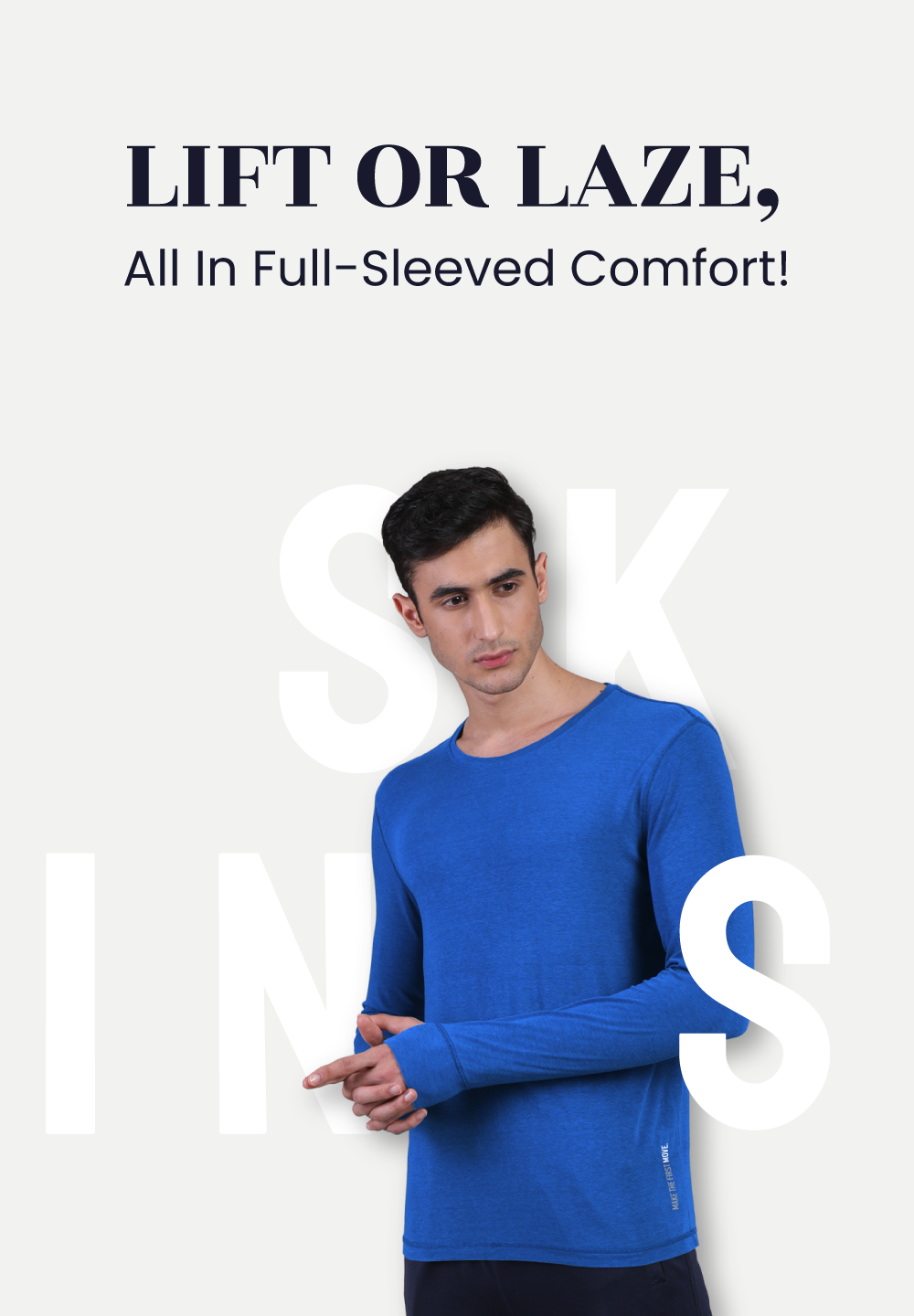The quest for marginal gains in athletic performance has fueled innovation in wearable technology. Active vests and compression skins, both promising enhanced performance, represent distinct approaches. Active vests often incorporate cooling or heating elements, aiming to optimize core temperature for improved endurance and power output, a strategy particularly relevant in endurance sports where thermal regulation is paramount. Conversely, compression skins focus on enhancing blood flow, reducing muscle oscillation. Accelerating recovery through targeted pressure. Deciding which offers a greater advantage requires careful consideration. This evaluation will dissect the underlying mechanisms, assess relevant research on performance metrics. Consider practical factors like sport-specificity and individual physiological responses to determine which wearable delivers superior results.

Understanding Active Apparel: Defining the Terms
Active apparel has evolved beyond basic workout clothes. We're now seeing specialized garments designed to enhance performance, monitor biometrics. Even provide targeted support. Two key players in this arena are active vests and skins (also known as compression wear). To comprehend which is best for your needs, let's define them. Active Vests: These are garments worn on the torso that typically incorporate sensors, electronics, and/or weighted elements. They can track a range of data, including heart rate, breathing rate, body temperature. Movement. Some active vests also offer features like electrical muscle stimulation (EMS) or cooling/heating capabilities. Skins (Compression Wear): These are tight-fitting garments designed to provide support and enhance circulation. They are typically made from materials like spandex, nylon, or polyester blends. Compression wear is available in a variety of styles, including shirts, shorts, tights. Socks. The primary goal is to improve blood flow, reduce muscle fatigue. Enhance recovery.
The Technology Behind Active Vests
Active vests are packed with technology, making them more than just clothing. Here are some key components: Sensors: These are the workhorses of active vests. Common sensors include: Electrocardiography (ECG) sensors: Measure heart rate and heart rate variability. Accelerometers and gyroscopes: Track movement and orientation. Temperature sensors: Monitor body temperature. Electromyography (EMG) sensors: Measure muscle activity. GPS: Tracks location and speed. Data Processing Units: These units collect and process the data from the sensors. They often include microcontrollers or processors that perform calculations and transmit the data to a connected device. Connectivity: Active vests typically use Bluetooth or Wi-Fi to connect to smartphones, tablets, or computers. This allows users to view their data in real-time and track their progress over time. Power Source: Active vests require a power source to operate. This is typically a rechargeable battery. Materials: The materials used in active vests are chosen for their comfort, breathability. Durability. They often include moisture-wicking fabrics to keep the wearer dry. The integration of these technologies allows active vests to provide a comprehensive picture of the wearer's physiological state.
The Science of Compression Wear
Compression wear works by applying pressure to the muscles and tissues. This pressure has several potential benefits: Improved Blood Flow: Compression can help to increase blood flow to the muscles, delivering more oxygen and nutrients. This can improve performance and reduce muscle fatigue. Reduced Muscle Vibration: Compression can help to reduce muscle vibration during exercise, which can minimize muscle damage and soreness. Enhanced Proprioception: Compression can improve proprioception, which is the body's awareness of its position in space. This can enhance balance and coordination. Faster Recovery: Compression can help to reduce swelling and inflammation after exercise, which can speed up recovery. The effectiveness of compression wear can vary depending on the individual, the type of activity. The level of compression.
Active Vests vs. Skins: A Detailed Comparison
To determine which type of active apparel is best for your needs, let's compare them across several key factors:
| Feature | Active Vests | Skins (Compression Wear) |
|---|---|---|
| Functionality | Data tracking (heart rate, movement, temperature, etc.) , potential for EMS or cooling/heating. | Muscle support, improved blood flow, reduced muscle vibration, enhanced proprioception. |
| Technology | Sensors, data processing units, connectivity, power source. | None (relies on material properties and design). |
| Data Accuracy | High (when properly calibrated and used). | Indirect impact on data (e. G. , improved blood flow may lead to better performance). |
| Comfort | Can be bulky and uncomfortable depending on design and technology. | Generally comfortable. Can be restrictive. |
| Price | Significantly more expensive. | Relatively inexpensive. |
| Use Cases | Elite athletes, researchers, medical professionals, individuals seeking detailed physiological data. | Athletes of all levels, individuals seeking muscle support and improved recovery. Everyday fashion choices. |
| Maintenance | Requires careful cleaning and maintenance to protect electronics. | Easy to clean and maintain. |
Real-World Applications and Use Cases
Both active vests and skins have found applications in various fields: Sports: Active Vests: Used by professional athletes to monitor performance metrics during training and competition. For example, a football team might use active vests to track players' heart rate and movement patterns to optimize training regimens and prevent injuries. Skins: Worn by athletes to improve performance, reduce muscle fatigue. Speed up recovery. Marathon runners often wear compression tights to support their leg muscles and improve blood flow. Healthcare: Active Vests: Used to monitor patients with chronic conditions such as heart disease or sleep apnea. These vests can provide valuable data to healthcare professionals, allowing them to make more informed decisions about treatment. Skins: Used to manage lymphedema and other conditions that cause swelling. Compression garments can help to reduce swelling and improve circulation. Military: Active Vests: Used to monitor soldiers' physiological state in demanding environments. These vests can help to prevent heatstroke and other heat-related illnesses. Skins: Worn by soldiers to improve performance and reduce muscle fatigue during training and combat. Everyday Life: Active Vests: While less common, some consumers are using active vests to track their fitness and health data. Skins: Many individuals wear compression socks or sleeves during travel to prevent blood clots and reduce swelling. Some individuals are incorporating compression wear into their daily fashion choices for comfort and support.
Factors to Consider When Choosing
When deciding between active vests and skins, consider the following factors: Your Goals: What are you hoping to achieve by wearing active apparel? Are you looking to track detailed physiological data, improve performance, or simply enhance comfort and recovery? Your Budget: Active vests are significantly more expensive than compression wear. Your Comfort Level: Some people find active vests to be bulky and uncomfortable, while others find compression wear to be restrictive. The Type of Activity: The best type of active apparel will depend on the type of activity you are performing. For example, runners may benefit from compression tights, while weightlifters may benefit from a weighted active vest. Data Needs: Do you need detailed, real-time data on your physiological state, or are you primarily interested in the benefits of compression?
The Future of Active Apparel
The field of active apparel is constantly evolving. We can expect to see continued advancements in sensor technology, materials. Design. Future active vests may incorporate features such as artificial intelligence (AI) to provide personalized feedback and recommendations. Compression wear may be made from smart fabrics that can adapt to the wearer's needs. As technology advances, active apparel will likely become even more integrated into our lives, helping us to optimize our performance, monitor our health. Enhance our well-being. As Sports science advances, so will the technology in these wearables.
Conclusion
Ultimately, the choice between active vests and skins hinges on your specific needs and the demands of your activity. We've explored how vests excel in targeted compression and data tracking, while skins offer a full-body advantage in moisture management and overall support. Remember, consider the climate, intensity. Duration of your workouts. I've personally found vests invaluable during intense HIIT sessions, allowing me to monitor my heart rate with precision. Looking ahead, expect to see further integration of smart technology into both vests and skins, offering even more personalized insights into performance. The future lies in personalized apparel that adapts to our individual needs. My advice? Experiment with both to discover what truly elevates your game. Don't be afraid to try something new. Embrace this journey of self-discovery and unlock your full potential.
More Articles
Raglan Sleeves T Shirt – Enhanced Mobility & Casual Style
Men's Snug Fit Trunks – Supportive Comfort & Streamlined Silhouette
Women's Cotton Boxers for Women Anti Chafing – Breathable Comfort & All-Day Smoothness
Women's Seamless Boy Shorts for Women Comfortable – No Panty Lines & Smooth Fit
FAQs
Okay, so what's the real difference between active vests and skins when it comes to boosting performance?
Think of it this way: active vests usually focus on real-time data collection and feedback, like heart rate, movement. Impact forces. They're more about understanding what's happening right now. Skins, on the other hand, typically prioritize compression and support, which can help with recovery and reducing muscle fatigue. They don't always give you that immediate feedback loop like a vest.
Will an active vest magically make me faster or stronger?
Haha, no magic here! An active vest won't instantly turn you into a superhero. What it will do is give you valuable insights into your training. You can then use that data to make smarter decisions about your workouts, like adjusting intensity or identifying weaknesses. It's all about informed training, not instant results.
What about skins? Are they just glorified spandex, or do they actually help with performance?
They're more than just spandex. The 'help' is a bit nuanced. Good compression skins can improve blood flow and reduce muscle vibration, which might lead to less fatigue and faster recovery. Some athletes swear by them for performance, while others don't notice a huge difference. It's often a personal preference thing. The science does suggest potential benefits.
If I could only pick one, vest or skins, which one should I go for?
It really depends on your goals! If you're primarily focused on data-driven training and understanding your real-time performance, an active vest is the way to go. If you're more concerned with recovery and potential muscle support during intense workouts, skins might be a better fit. Consider what will give you the best return on investment for your specific needs.
Are active vests bulky or uncomfortable to wear during training?
Some older models could be a bit clunky. Newer active vests are designed to be lightweight and relatively unobtrusive. Look for vests made with breathable materials and a snug (but not restrictive) fit. Comfort is key if you want to actually use it consistently!
So, recovery vs. Real-time feedback... Got it. What kind of sports are each better suited for?
Great question! Active vests shine in sports where precise data collection is crucial for optimizing performance, like high-performance track and field, team sports with complex movements (football, basketball), or even individual sports like boxing or martial arts where impact monitoring is valuable. Skins are often favored in endurance sports like running, cycling. Triathlon, where the focus is on minimizing muscle fatigue and maximizing comfort over long distances.
Are there any downsides to using either an active vest or performance skins?
Absolutely. Active vests can be expensive and require careful data analysis to be truly effective. You need to comprehend the numbers and know how to adjust your training accordingly. Skins, while generally cheaper, might not provide a noticeable performance boost for everyone. Some people find them restrictive or uncomfortable to wear for extended periods. Also, proper sizing is critical for both to get the intended benefits!






